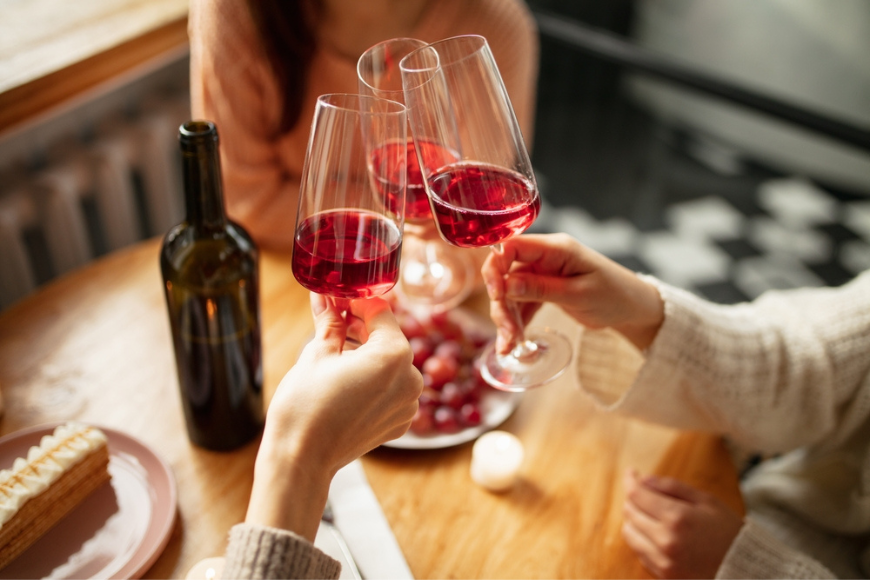Find out the importance of breast cancer screening in Dubai.
10 October 2017
| Last updated on 31 March 2019
- Worldwide, approximately 458,400 deaths were attributed to breast cancer.
- Approximately 180,000 new cases of breast cancer are diagnosed annually.
- Because of increased awareness of the signs and symptoms of breast cancer and the use of screening mammograms, breast cancers are increasingly being diagnosed at earlier stages.
- Early detection remains the primary defence available to patients in preventing the development of life-threatening breast cancer.
Screening Modalities
- Early detection of breast cancer in average-risk women includes a combination of:
Clinical Breast Examination
- Women between 20 and 39 years of age should undergo clinical breast examination every three years, and then annually beginning at 40 years of age.
- During clinical breast examination, physicians should discuss with patients the importance of recognizing breast changes. This is also an opportunity to emphasize an awareness of any family history of breast or ovarian cancers in first- and second-degree relatives.
- Physicians should discuss breast self-examination with patients, and explain the potential benefits, limitations and harms associated with it. Breast self-examination may be performed regularly, occasionally, or not at all. If women choose to perform breast self-examination, physicians should instruct them on the proper technique.
Mammography
- Physicians should inform patients about the benefits of detecting breast cancer before symptoms develop, and that the balance of benefits to harm supports regular mammography.
- Benefits include a reduction in the risk of dying from breast cancer, and if cancer is detected early, less aggressive surgery (i.e., lumpectomy versus mastectomy), less aggressive adjuvant therapy, and more treatment options.
- The limitations of mammography include the inability to detect all cancers and that some cancers detected will have a poor prognosis.
- Possible harms from breast cancer screening include false-positive results, the need for biopsy, and the detections of cancer that is not progressive (i.e., cancer would not have been detected in the patient’s lifetime)
- Mammography should be continued as long as the patient is in good health and would be a candidate for breast cancer treatment. The decision to stop screening should be based on the individual patient; there is no definite upper age at which mammography should be discontinued.
- It is extremely important to remember that 10-15% of all breast cancers are not detected by mammography.
Notes of Clinical Importance
- A careful history of a woman’s risk and symptoms and a thorough physical examination are important in the evaluation of breast problems.
- Appropriately timed imaging and diagnostic studies are also important.
- Early detection of breast cancer at a stage when it is potentially curable and there is a possibility of saving a breast should be the goal of all health professionals
For more information or to book an appointment, please visit Medcare or press ‘Click to Contact’ to submit your inquiries.





.png?itok=HBSyMDok)









































































.png)



























.png?itok=0fOAXkOm)

























.png?itok=EH_x0Pha)
